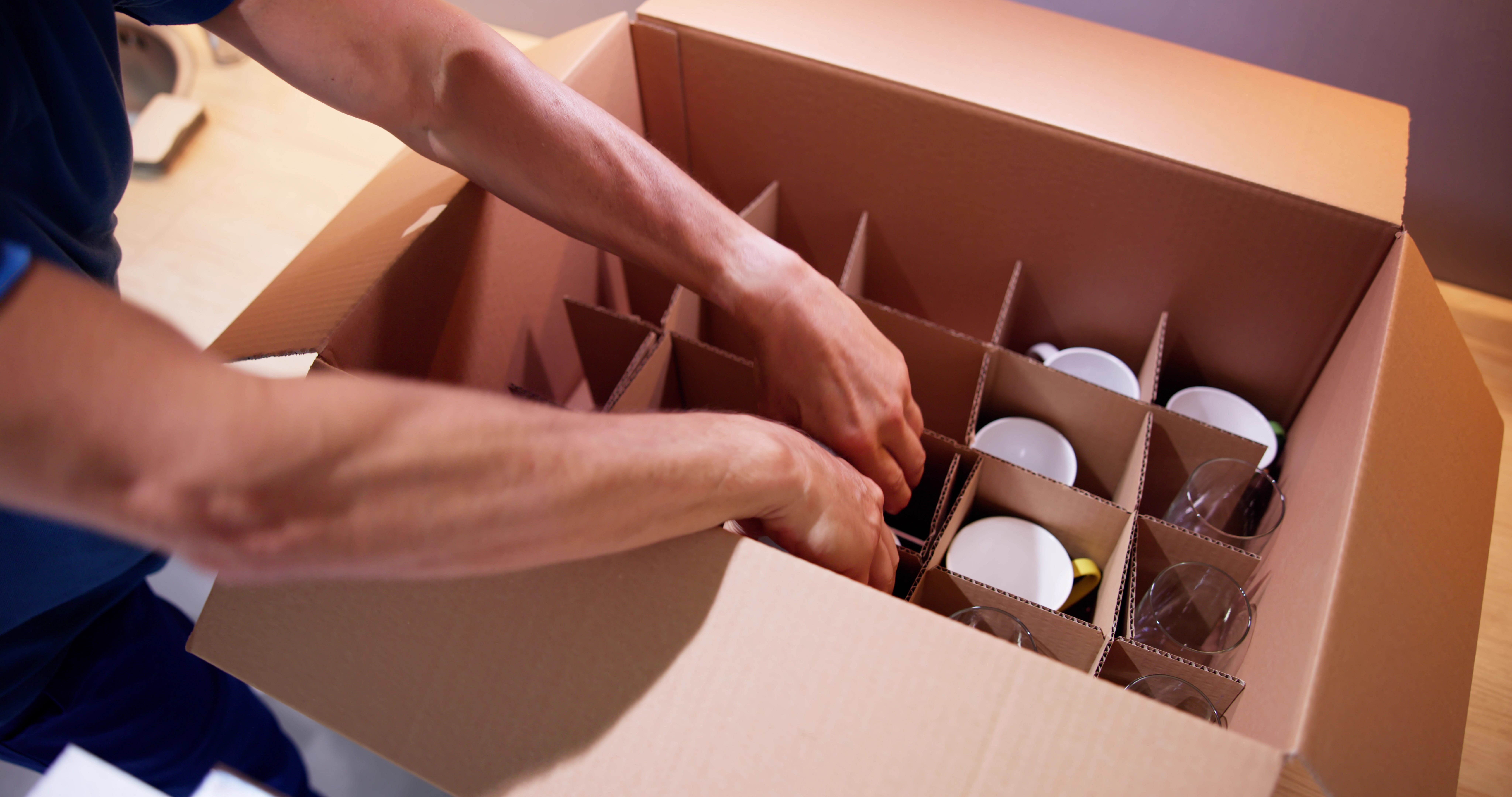Moving across long distances can be an exciting adventure, but moving damage can turn costly. One of the crucial aspects that can often get overlooked in the midst of the chaos is packing. Proper packing is not only about organization; it’s about ensuring that your belongings reach your new destination intact, without any costly damage. Let’s explore some expert tips on how to pack effectively for a long distance move and protect your valuables throughout the journey.
1. Start Early and Plan Thoroughly
Moving is a process that requires careful planning, especially when it involves a long-distance move. Starting early is key. Create a timeline that details what needs to be packed and when. Break down the tasks into manageable chunks, tackling one room at a time. Categorize your belongings into groups like fragile, non-fragile, and valuable to guide your packing strategies. If you are curious about your planning timeline, Colonial Van Lines provides a week by week checklist.
2. Gather the Right Packing Materials
Investing in high-quality packing materials is an essential step. This includes strong boxes that can handle the weight of the items they hold are crucial. Furthermore, bubble wrap and packing paper provide excellent protection for delicate or breakable items. Use packing peanuts or Styrofoam to fill any voids in the boxes and provide cushioning. Secure everything with durable packing tape to ensure the boxes remain intact. For a guide on packing your books, Colonial has a great article!
The Best Moving Boxes
- Best Moving Box Kit: Uboxes 12-Pack Moving Boxes
- Best Small: Amazon Basics 20-Pack Small Moving Boxes
- Best Medium: Cheap! Cheap! 20-Pack Medium Moving Boxes
- Best Large: Cheap! Cheap! 12-Pack Large Moving Boxes
- Best for Clothes: U-Haul Shorty 3-Pack Wardrobe Moving Boxes
- Best for TVs, Mirrors, and More: Cheap! Cheap! Moving Boxes 8-Pack for Pictures/Mirrors
- Best for Dishes and Glassware: Storage Lab China Storage Set
3. Pack Room by Room
Tackling the packing room by room keeps the process organized and efficient. Start with the rooms you use the least. You should clearly label each box with its contents and the room it belongs to. Try keeping a room inventory document, this will help you keep track of your belongings and ensure that nothing gets misplaced during the move. Pack similar items together, which will make unpacking and organizing in your new home much easier.
4. Protect Fragile Items
Fragile items require special attention. Wrapping each fragile item individually with bubble wrap provides an extra layer of protection. Place them gently in boxes, making sure there’s enough padding. Always, clearly mark these boxes as fragile, so anyone handling them is aware of the contents. When loading the truck, place these boxes on top and secure them properly to avoid any damage.
5. Disassemble Furniture and Electronics
Large furniture and electronics may need to be disassembled for a smoother move. Keep all screws, nuts, and bolts in labeled bags for easy reassembly later. If possible, use the original boxes for electronics or pack them securely with bubble wrap and padding. Taking these extra steps will prevent any scratches or damages during the move.
6. Load the Moving Truck Strategically
There is definitely an art to packing a truck. When loading your truck, start with heavy items like furniture at the bottom to create a stable base. Place large appliances upright and secure them with straps. Try to fill gaps with smaller boxes to ensure everything fits snugly. Strapping items to the walls of the truck prevents them from shifting during transit and causing potential damage.
7. Hire a reliable moving company
Certainly, professional movers bring expertise and efficiency to the table. They have experience in handling various items, including fragile or valuable ones. Many moving companies offer insurance, giving you peace of mind knowing your belongings are protected. Opting for professionals can save you time and effort, ensuring a smooth and organized move.
8. Prepare for Unpacking
While packing is crucial, preparing for unpacking is equally important. Pack a separate box with essentials you’ll need immediately upon arrival at your new home. Include items like toiletries, a change of clothes, important documents, and some basic kitchenware. This way, you won’t be scrambling through boxes to find what you need right away.
9. Inspect for Damage
After the move, carefully inspect all your belongings for any damage. Check each item and piece of furniture thoroughly. If you find any damage, document it immediately and inform your moving company. They can guide you on the appropriate steps to take for reimbursement or repairs.
10. Consider Feedback and Learn
Feedback from your moving experience can be invaluable. Listen to what went well and what could be improved. Take note of any damages or mishaps to prevent them from occurring in future moves. Adapt these learnings to ensure a smoother, more efficient moving experience the next time around.
Final Thoughts
Packing for a long distance move doesn’t have to be overwhelming or result in costly damages. With careful planning, the right materials, and strategic packing, you can ensure your belongings reach their destination in excellent condition. Whether you choose to pack yourself or hire professionals, prioritize the safety of your possessions. Remember, a well-packed move sets the tone for a successful new chapter in your life.
For a seamless moving experience, consider the expertise of Colonial Van Lines. Our team of professionals ensures your belongings are handled with utmost care throughout the journey. Contact us today to plan your hassle-free move.
Are you looking to making moving easier? Try our Moving Day Essentials download. Colonial Van Lines is here to make your moving experience a little easier.

